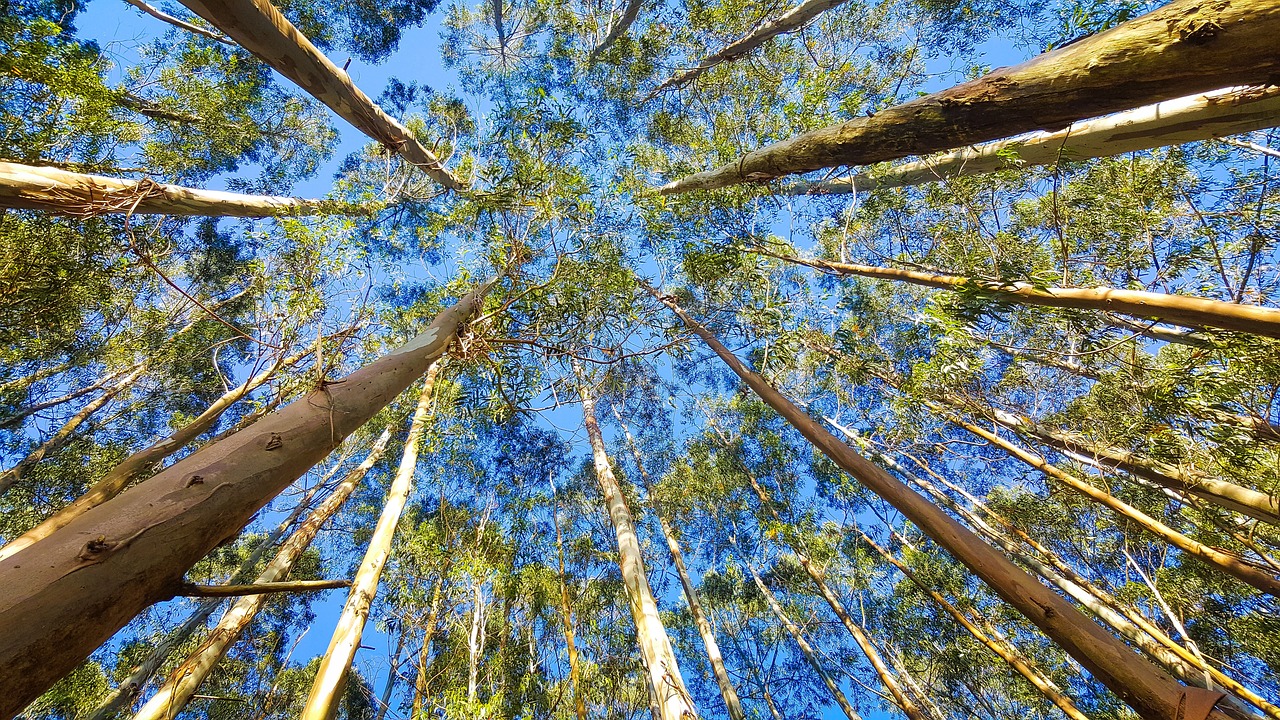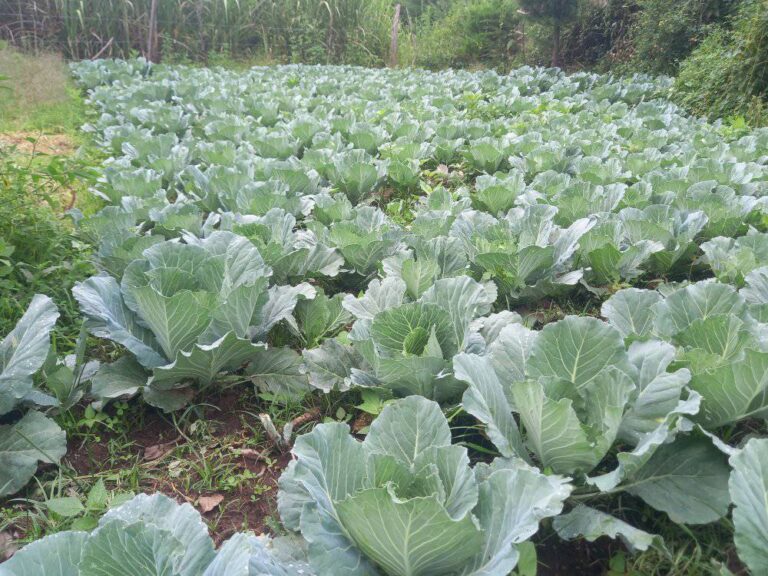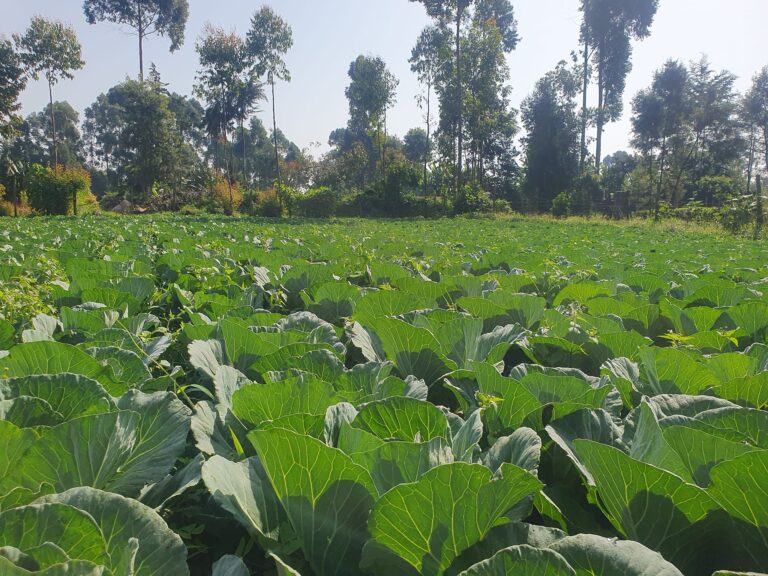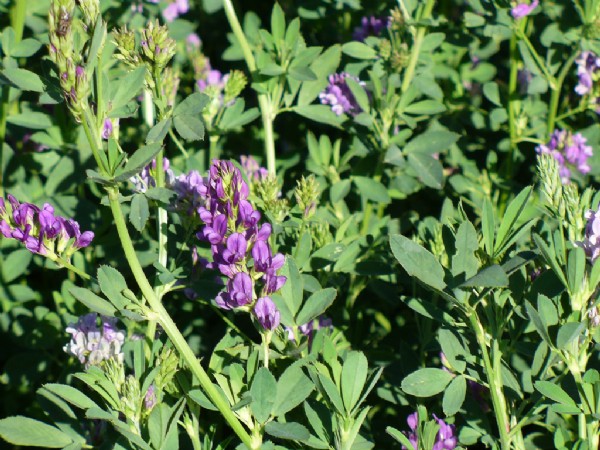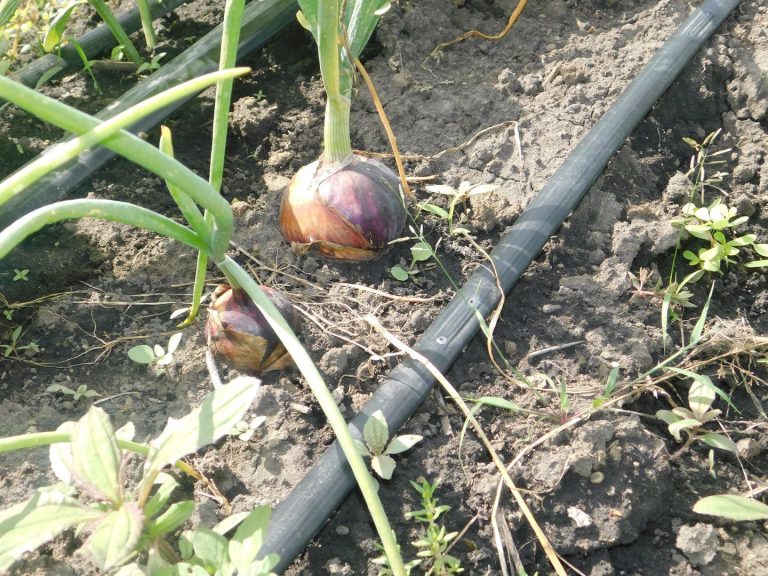Eucalyptus Tree Farming Profit Per Acre In Kenya
Eucalyptus tree farming in Kenya can be highly profitable, with potential earnings of up to Ksh. 4,500,000 per acre after about 7-10 years. Eucalyptus tree farming can yield a profit of approximately KSh 4.1 million per acre.
With an initial investment of around KSh 200,000, including land and seedlings, you can expect substantial returns by selling mature timber. Proper management and market conditions are key for maximizing profit.
Eucalyptus Tree Farming In Kenya
Farmers can sell timber for construction and electricity poles, generating significant income. Proper management and suitable planting conditions are crucial for maximizing profits
In Kenya, the number of eucalyptus trees planted per acre for optimal returns can vary based on your objectives and management practices.
Here’s a detailed look at how many eucalyptus trees you should plant per acre and the considerations that influence this:
Planting Density
- Timber Production:
- Spacing: Typically, eucalyptus trees for timber are planted with a spacing of 3 meters by 3 meters. This equates to about 1,100 trees per acre.
- Density: With this spacing, you can plant approximately 1,100 trees per acre. This allows the trees enough room to grow large and produce high-quality timber.
- Poles and Fuelwood:
- Spacing: For production of poles and fuelwood, the spacing is closer, such as 2 meters by 2 meters.
- Density: This spacing allows for about 2,200 trees per acre, which is suitable for producing smaller, but higher volumes of wood in the earlier stages.
- Mixed or Agroforestry Systems:
- Spacing: In mixed systems or where trees are intercropped with other species, spacing might be wider, such as 4 meters by 4 meters.
- Density: This results in about 600 trees per acre, which can be beneficial for managing mixed-crop environments or conserving soil.
Profitability and Returns
Investment Breakdown
- Initial Investment: KSh 150,000 for land + KSh 90,000 for seedlings (3,000 seedlings at KSh 30 each) + KSh 10,000 for initial site preparation = KSh 250,000.
- Additional Costs: Allocate an extra KSh 50,000 for ongoing maintenance and unforeseen expenses.
Profit Potential
- Revenue Calculation: If you harvest 11,000 trees and sell each at KSh 4,000, the total revenue would be: Revenue=1100×4000=KSh4,400,000
- Profit Calculation: Subtracting the initial investment and additional costs from the revenue: Total Costs=KSh250,000+KSh50,000=KSh300,000
Net Profit=KSh4,400,000−KSh300,000=KSh4,100,000
Growing eucalyptus trees, particularly Eucalyptus grandis, can indeed be a profitable venture in Kenya. With the right strategy and management, you can potentially grow an investment of KSh 300,000 into KSh 4.5 million or more within 6 to 8 years.
Step-by-Step Plan for Eucalyptus Farming
- Secure Land
- Land Requirement: You’ll need at least 1 acre of land. Prices can vary, but purchasing an acre might cost around KSh 450,000, while leasing might cost about KSh 10,000 per year.
- Lease Duration: Ensure a lease period of at least 10 years to allow time for the trees to mature.
- Prepare the Land
- Site Preparation: No extensive tilling is needed. However, you’ll need to dig planting holes. A spacing of 1 meter between holes and rows is recommended.
- Initial Costs: Preparing the land might involve minimal costs, primarily related to hole digging and any basic land clearing.
- Obtain Seedlings
- Seedling Source: Purchase from reputable sources like KEFRI (Kenya Forestry Research Institute) or KFS-approved nurseries.
- Cost: Seedlings typically cost between KSh 20 to KSh 30 each. You can plant up to 3,800 seedlings per acre, but starting with around 3,000 is feasible.
- Species: Eucalyptus grandis is a popular choice in Kenya due to its fast growth and high timber quality.
- Planting and Maintenance
- Planting Time: Plant during the long-rains season. Cover seedlings with soil and ensure they are protected from animals.
- Maintenance: Regularly check the trees, remove weak ones, and address any signs of disease. This minimal maintenance helps ensure a high survival rate.
Key Considerations
- Tree Quality: Higher spacing allows for larger, higher-quality trees, which can fetch better prices. Overcrowding may reduce the diameter of trees and affect quality.
- Market Demand: Timber prices and demand can fluctuate. It’s essential to stay informed about market trends.
- Long-Term Investment: Eucalyptus farming is a long-term investment with returns realized over several years. Proper management and planning are crucial.
Conclusion
For good returns, planting around 1,100 eucalyptus trees per acre with a spacing of 3 meters by 3 meters is generally effective. This balance allows for high-quality timber production while managing costs and maintaining tree health. For the most accurate and tailored advice, consult local forestry experts and market analysts.
